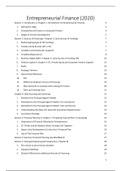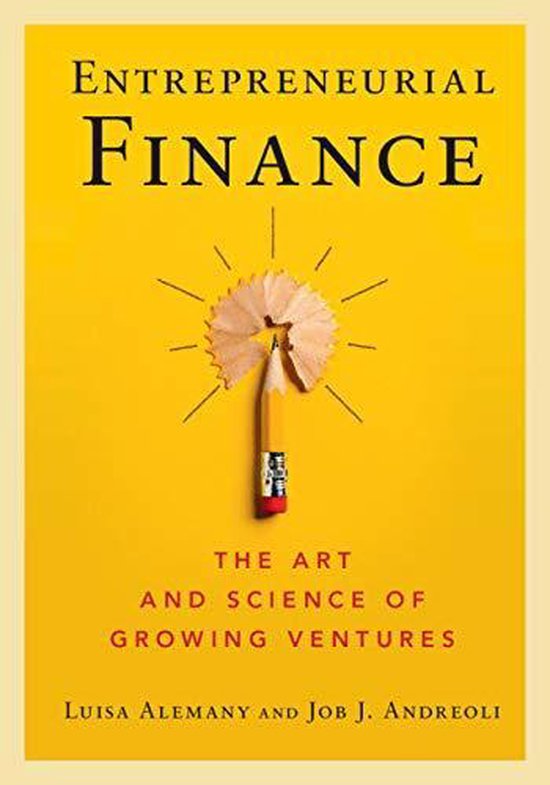Samenvatting
Summary Entrepreneurial Finance 2020
A summary of the course Entrepreneurial Finance by prof Paeleman . Master course TEW/HI in Major /Minor Financing, University of Antwerp Complete summary of slides, notes, handbook Chapters 1-11, 17, 18
[Meer zien]




